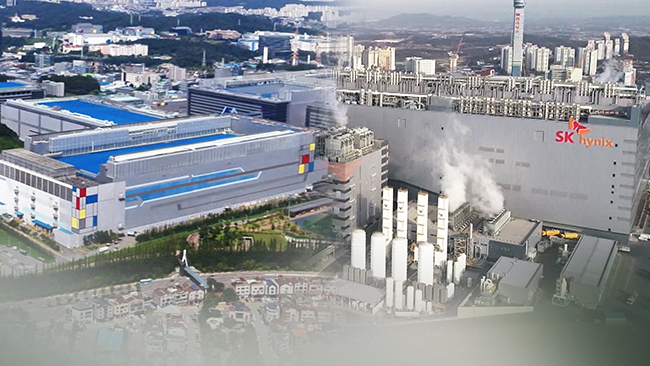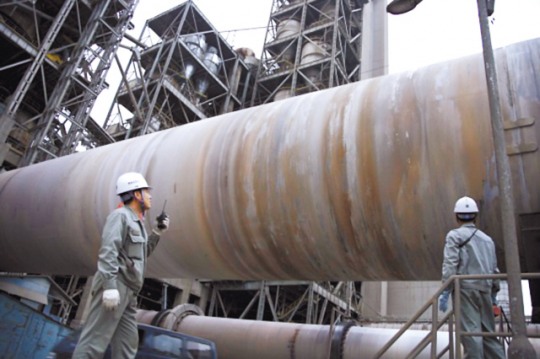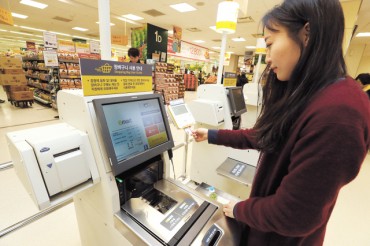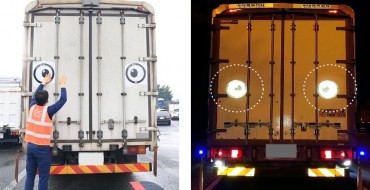SEOUL, Oct. 12 (Korea Bizwire) – Recent data shows that the waste recycling performance of South Korea’s top two semiconductor companies, namely Samsung Electronics and SK Hynix, is being overestimated due to domestic regulations that diverge from international trends.
Local regulations consider the production of heat energy by burning waste as recycling, but some have questioned whether recognizing recycling methods that emit air pollutants is appropriate.
According to data received by Noh Woon-rae, a lawmaker from the Democratic Party and a member of the National Assembly’s Environment and Labor Committee, from the Korea Environment Corporation on Wednesday, the amount of waste generated by Samsung Electronics and SK Hynix was 956,631 tons and 357,795 tons, respectively, last year.
The figures for 2021 were 863,336 tons and 292,935 tons, while those for 2020 were 732,240 tons and 289,931 tons.
Based on data from the Korea Environment Corporation, over 95 percent of the waste generated by Samsung Electronics and SK Hynix is recycled.

Based on data from the Korea Environment Corporation, over 95 percent of the waste generated by Samsung Electronics and SK Hynix is recycled. (Image courtesy of Yonhap)
In the case of last year, the amount of waste recycled by Samsung Electronics and SK Hynix was 928,056 tons and 348,281 tons, respectively, with their waste recycling rates estimated at 97 percent and 97.3 percent.
The recycling rates for 2021 were 95.4 percent for Samsung Electronics and 97 percent for SK Hynix, while those for 2020 were 93.8 percent and 96 percent, respectively.
The problem lies in the fact that such recycling includes the method of recovering energy by incinerating waste through a cement sintering furnace. In the case of Samsung Electronics, there are many instances where waste is recycled as an auxiliary fuel for cement sintering furnaces.
A sintering furnace refers to a type of furnace that generates heat at temperatures ranging from 1,450 to 2,000 degrees Celsius using cement materials such as limestone.
Samsung Electronics’ second factory in Hwaseong, Gyeonggi Province, ranked fifth among domestic plants in terms of use of waste for cement sintering furnaces for three consecutive years. Samsung Electronics’ Pyeongtaek Campus ranked ninth in 2021 and sixth last year.
Excluding the waste used for cement production in sintering furnaces, the waste recycling rates for Samsung Electronics and SK Hynix dropped to 51.6 percent and 80.4 percent last year.
A sintering furnace is an air pollutant-generating facility, that emits nitrogen oxides. The cement production industry accounts for more than 25 percent of the industrial generation of nitrogen oxides. Nitrogen oxide can cause respiratory diseases and is also a source of ultra-fine dust and ozone.
J. S. Shin (js_shin@koreabizwire.com)







